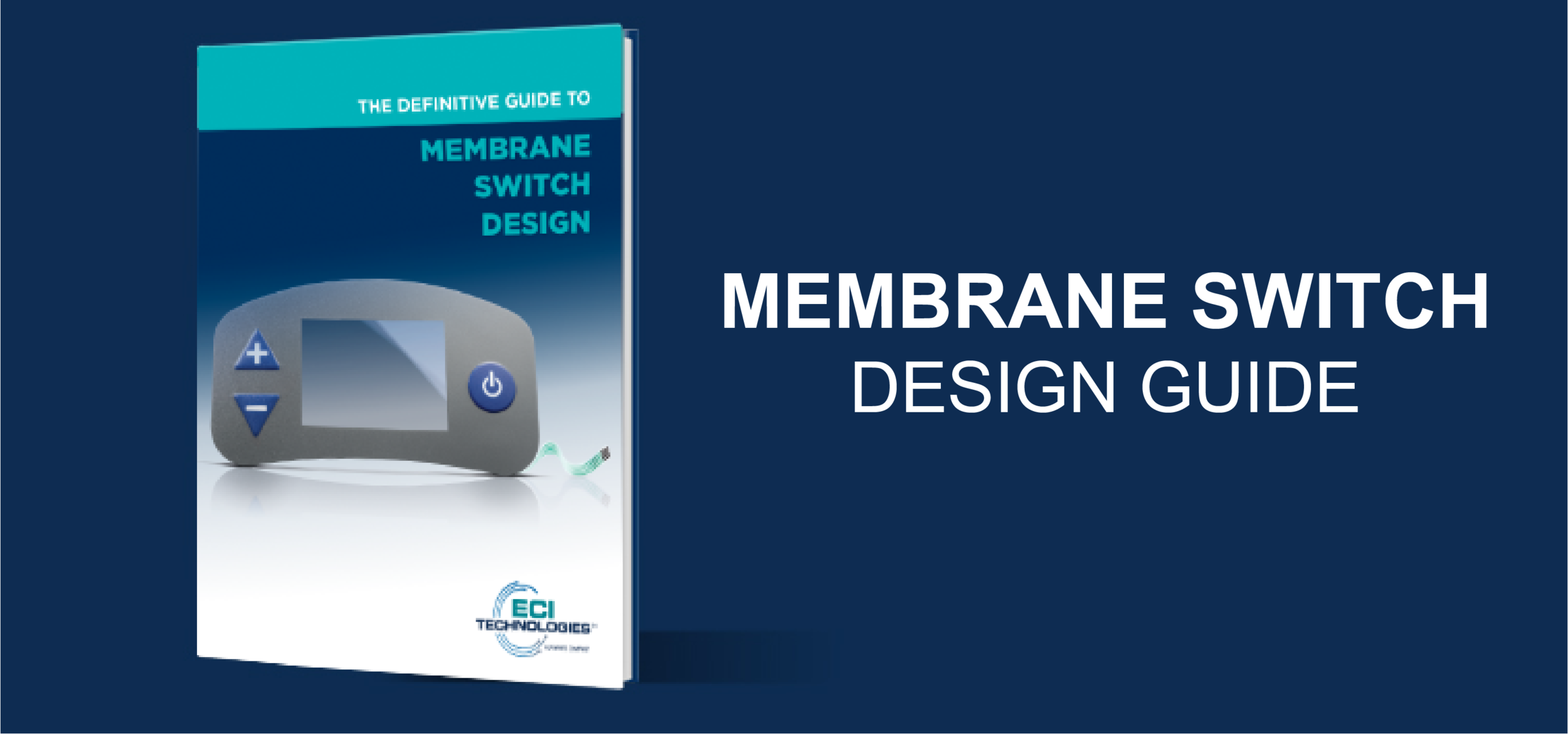The Environmental Benefits of Choosing Membrane Switches for Your Products
The Environmental Benefits of Choosing Membrane Switches for Your Products
Blog Article
Discover How Membrane Switches Feature and Their Role in Modern Electronic Devices
Membrane Switches stand for an advanced integration of innovation and design within the world of contemporary electronics, functioning as important user interfaces in various tools. Consisted of several layers, these switches utilize pressure-sensitive systems to facilitate individual interaction. Their applications extend different industries, from customer electronic devices to medical devices, highlighting their versatility and relevance. Comprehending the ins and outs of Membrane switch performance and their broader effects in boosting customer experience invites more exploration into their design, advantages, and the ingenious growths forming their future in technology.
What Are Membrane Buttons?

Membrane switches are differentiated by their durability and resistance to environmental aspects, such as dirt, moisture, and extreme temperatures. They can be customized with numerous graphics, shades, and tactile feedback options, improving user experience while preserving aesthetic allure - membrane switches. The consolidation of published circuits permits for smooth combination into gadgets, improving overall capability.
The flexibility of Membrane buttons is evident in their ability to support both straightforward and intricate control features. They can integrate attributes such as LED indications and touch-sensitive innovation, satisfying particular customer requirements. As technology proceeds to progress, Membrane Switches remain vital for enabling efficient and intuitive user interfaces, therefore playing a critical duty in the development of contemporary digital devices.
Parts of Membrane Switches
Membrane buttons are made up of a number of essential components that work with each other to create a useful and reputable user interface. The main elements consist of the visuals overlay, glue layer, spacer layer, and conductive traces.
The visuals overlay offers as the user interface, usually published on an adaptable substratum such as polyester or polycarbonate. This layer not only supplies aesthetic appeal yet likewise consists of responsive comments, visual cues, and protective attributes. Underneath the graphic overlay lies the adhesive layer, which protects the switch to the device and guarantees toughness against ecological stresses.
The spacer layer is critical for preserving the necessary void in between the visuals overlay and the circuit layer. When stress is used, this gap allows for the activation of the button. The conductive traces, typically made from silver or carbon, create the electric paths that finish the circuit when the button is involved.
Additionally, a backing layer may be included for structural assistance and insulation. These elements collaborate perfectly, ensuring that Membrane switches are both resistant and easy to use, making them indispensable in numerous modern-day electronic applications.
Exactly How Membrane Switches Job
Exactly how do Membrane Switches function successfully within electronic devices? Membrane Switches run on the concepts of pressure-sensitive modern technology, using a split building and construction that consists of visuals overlays, adhesive layers, and conductive aspects.
The layout of Membrane switches is crucial for their efficient procedure (membrane switches). The layers are thoroughly engineered to offer responsive feedback, toughness, and resistance to ecological aspects such as dampness and dirt. The inclusion of domes-- small, increased areas within the switch-- boosts responsive feedback, giving customers with a visible click experience upon activation
Moreover, Membrane buttons can be personalized in regards to dimension, form, and graphics, making them site here suitable for different applications. They are often utilized in control panels, medical tools, and consumer electronics as a result of their sleek style and dependability. On the whole, the reliable functioning of Membrane switches is crucial in enhancing user interaction and guaranteeing seamless procedure in contemporary electronic tools.

Applications in Modern Instruments
Utilizing their unique style and functionality, Membrane buttons have become essential elements in a large range of modern-day digital devices. These versatile user interfaces are utilized in consumer electronic devices, industrial equipment, clinical tools, and auto controls, giving seamless user interaction.
In consumer electronic devices, Membrane buttons are frequently found in appliances like microwaves, washing equipments, and various other home tools, where they make it possible for instinctive control with a streamlined account. Their inconspicuous style promotes assimilation right into small devices, boosting visual allure without jeopardizing functionality.
In industrial applications, Membrane Switches function as control board for machinery, providing resilience and resistance to severe settings. Their ability to endure dampness and impurities makes them excellent for usage in production and processing sectors.
Clinical devices also take advantage of Membrane switches, which are created to be simple to tidy and maintain, making certain health in scientific setups. They are commonly made use of in diagnostic devices, patient monitoring systems, and mobile medical gadgets, where reliability is read vital.
Advantages of Membrane Switches
Among the key advantages of Membrane buttons is their adaptability, which allows them to be customized for a variety of applications across numerous markets. These buttons can be made in various sizes and shapes, fitting one-of-a-kind item requirements while offering smooth combination right into gadgets. Their slim account makes it possible for a smooth and small style, commonly boosting the aesthetic appeal of digital products.
One more substantial benefit is their sturdiness - membrane switches. Membrane buttons are commonly immune to dust, wetness, and chemicals, making them ideal for extreme settings. This resilience extends their life expectancy contrasted to traditional mechanical buttons, decreasing the demand for constant replacements
In addition, Membrane Switches deal cost-effectiveness. The manufacturing process entails printing technologies that minimize production prices, specifically for huge runs. This cost, incorporated with reduced upkeep demands, makes them an appealing alternative for makers.

Conclusion
Finally, Membrane Switches stand for a substantial development in interface modern technology within contemporary electronics. Their layered building and construction, pressure-sensitive operation, and flexibility to different applications highlight their importance throughout numerous markets. The longevity and environmental resistance of Membrane Switches better boost their charm, making them a preferred option for producers seeking customizable and reliable services. As the demand for durable and user-friendly user interfaces remains to expand, the duty of Membrane buttons fit individual experience will undoubtedly expand.
Membrane Switches stand for a sophisticated integration of technology and design within the world of modern-day electronic devices, serving as important user interfaces in many devices.In the world of modern electronic devices, Membrane Switches serve as crucial components that help with individual communication with devices. As modern technology proceeds to develop, Membrane Switches remain essential for enabling user-friendly and efficient individual interfaces, thus playing a pivotal role in the development of contemporary electronic gadgets.
Exactly how do Membrane Switches function properly within digital gadgets? Generally, the efficient functioning of Membrane buttons is critical in boosting user interaction and guaranteeing seamless operation in modern digital directory tools.
Report this page